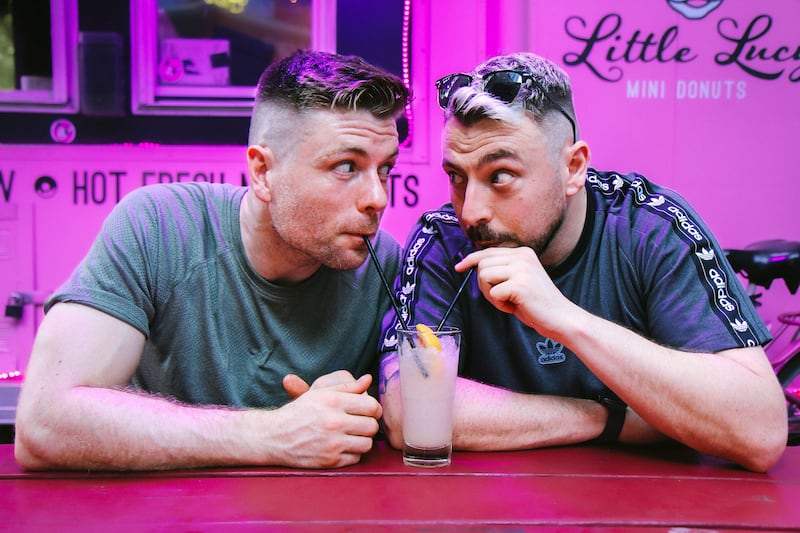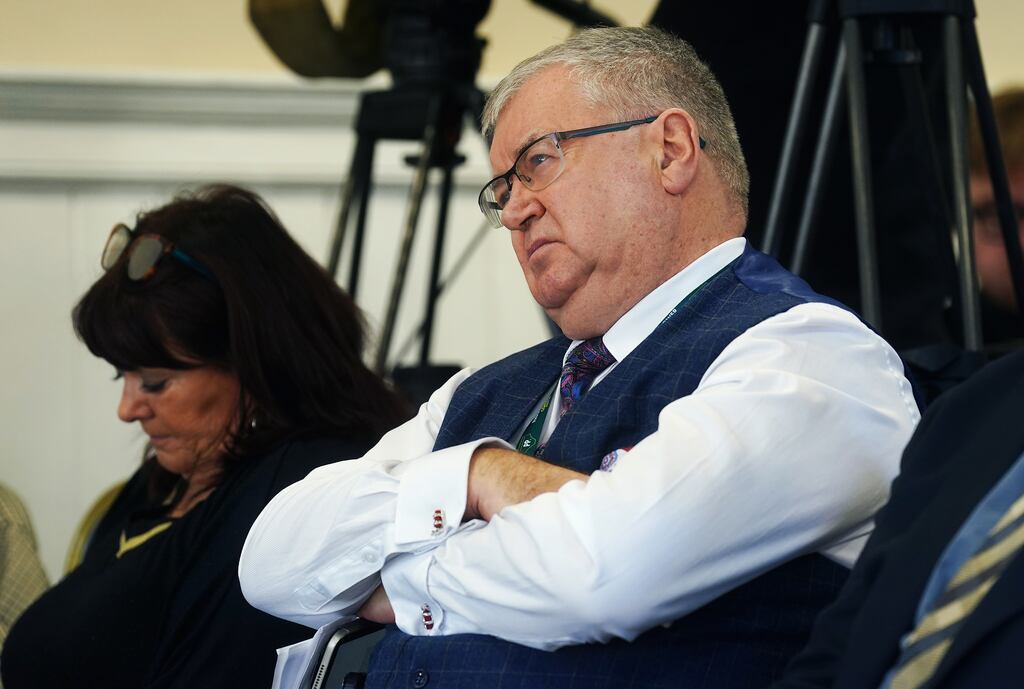As in so many spheres of Irish life, 2022 was the year when some kind of pre-Covid normality returned to radio. For much of the industry, however, that normality meant a decline in listenership, with the nation’s biggest station, RTÉ Radio 1, taking some conspicuous hits. The end of lockdown measures may have been good news for the public, but it deprived stations of the captive audience that helped drive up ratings during the pandemic.
That, at least, is the obvious explanation for the drop. But surveying the radio landscape suggests other reasons need to be factored in, from the topics being discussed to static station schedules and changing consumption habits. Though the past year hardly lacked dramatic events, nothing – not even the seismic war in Ukraine – had the same all-consuming impact on everyday life as Covid; consequently, the overall tone of conversation on the airwaves did not have the fraught urgency that pulled listeners into pandemic discussions.
Having acted as a kind of a national safety valve for people’s frustrations during lockdown, Joe Duffy, surely not coincidentally, saw a drop on Liveline (RTÉ Radio 1), as concerns fractured. That said, the show still had its memorable moments. Never one to shy away from taboo subjects, Duffy spent several days in June hosting divergent (to put it mildly) views on transgender rights, though whether the bitter exchanges actually aided a wider understanding is another matter.
Liveline also played a vital part in uncovering the historic child sexual abuse that took place in schools run by the Spiritans, allowing survivors to share their experiences after revelations of sexual assaults at Blackrock College were first aired on the outstanding Documentary On One (RTÉ Radio 1). As well as highlighting how (yet again) church authorities protected abusers and silenced victims over decades, the two programmes underlined their respective strengths: the Doc On One’s talent for telling stories from across Irish society, and Liveline’s enduring status as a platform where harmful secrets are revealed. It also underlined that public service broadcasting isn’t just about ratings.
READ MORE
Elsewhere on Radio 1, Claire Byrne and Brendan O’Connor cemented their positions in the schedule, their key slots bolstered by the former’s unfussy tenacity and the latter’s laconic worldliness. Meanwhile, Drivetime was still marked by a giddily confrontational air, epitomised by co-host Sarah McInerney memorably confronting the dissembling of Russian ambassador Yuriy Filatov.
Even so, as ratings for the afternoon slots of Drivetime, Duffy and – notably – Ray D’Arcy have dipped, the risks of an overly stolid Radio 1 schedule are exposed. There’s a fine line between consistency and staleness, particularly in radio, where routine plays a bigger role than in other media: the unchanging format of Morning Ireland, still the biggest show on the airwaves, clearly confers a patina of reliability for the 400,000 plus who tune in daily. Equally, predictability can turn off listeners, never mind win new ones. Montrose management faces a tricky task in finding the right balance.
The podcast arena appeared to offer a tantalising shortcut to elusive demographics. Hence 2FM’s recruitment of Johnny O’Brien and Johnny McMahon, aka podcasting stars the 2 Johnnies, initially seemed a smart stroke, given the Tipperary duo’s popularity among the coveted audience of young men. But the duo made unwanted headlines when they were abruptly taken off air in their first week, after footage of unseemly sexist banter emerged on social media.

Such are the perils of attempting to emulate the freebooting dynamics of the digital realm in the more lumbering, target-rich world of radio. Admittedly, the 2 Johnnies soon returned to 2FM, largely unscathed and seemingly unchastened. But while the resultant ratings were solid, it’s hardly been a paradigm-shifting move.
This shouldn’t be surprising. Marquee names notwithstanding, podcasts account for a small proportion of Irish audio consumption – less than four per cent, compared with nearly 75% for radio (even on mobile phones, we’re still tuning in – talk about wireless devices). A bigger challenge for music stations is streaming services such as Spotify. With this in mind, it makes sense for 2FM to anchor schedules around big personalities such as Jennifer Zamparelli, Doireann Garrihy and the 2 Johnnies, adding zing that algorithms lack, in theory at least: like sister station Radio 1, 2FM experienced a drop in numbers.

Away from Montrose, the picture was more positive. As always, regional stations such as Highland Radio, MidWest Radio and Radio Kerry performed strongly, holding a majority share of prime time minutes in their catchment areas. Clearly, radio still brings an immediacy and close connection at local level that digital platforms have yet to match.
At nationwide level, Today FM and Newstalk held their own: the former’s market share equalled its highest level, while the latter’s was close to its best. Moreover, the two stations, both owned by Bauer Media, appear to have achieved an equilibrium between comfortingly settled line-ups and strong personalities who keep audiences engaged.
Today FM gently rejigged things when presenter Ray Foley returned to the fold for the late afternoon show. Though not exactly a bold move, it paid ratings dividends. Overall, the station’s daytime roster has been neatly pitched at those listeners uninterested in talkshows but seeking something more than the frantic atmosphere of 2FM and its commercial counterparts. With a schedule book-ended by evergreen morning presenter Ian Dempsey – now the station’s highest-rated presenter – and Matt Cooper on the Last Word, not to mention Alison Curtis staking her claim at weekends, it’s an example of a formula being tweaked to good effect, stable without being stagnant.
[ Matt Cooper doesn’t like good news, but he cheers up when it turns badOpens in new window ]
Similarly, there were no big changes at Newstalk, either in personnel or ratings. Pat Kenny in particular remains a compelling broadcaster, idiosyncrasies and all, bringing a conspicuously outraged edge to his coverage of Putin’s invasion of Ukraine. Meanwhile, the station’s ever-present contrarian streak was maintained even by the unlikely figure of Lunchtime Live’s affably folksy Andrea Gilligan, who hosted discussions on cancel culture. Such an approach means that Newstalk rarely sounds inert, despite its solid shape. But as experience elsewhere in 2022 proves, shifting listenership habits mean no station can relax.














